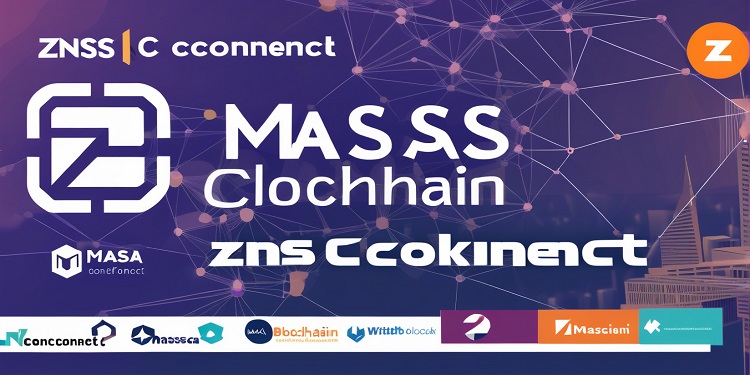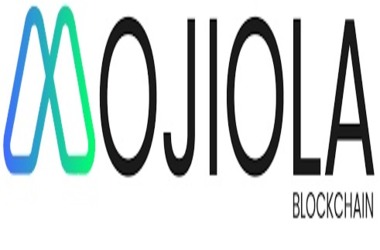 The Federal Reserve’s New York Innovation Center (NYIC) and a consortium of ten financial institutions have announced the results of a proof of concept (PoC) for the Regulated Liability Network (RLN). The trial, conducted in collaboration with the NYIC, demonstrated the successful testing of commercial bank deposit tokens and a wholesale central bank digital currency (wCBDC) on a shared distributed ledger technology (DLT) infrastructure.
The Federal Reserve’s New York Innovation Center (NYIC) and a consortium of ten financial institutions have announced the results of a proof of concept (PoC) for the Regulated Liability Network (RLN). The trial, conducted in collaboration with the NYIC, demonstrated the successful testing of commercial bank deposit tokens and a wholesale central bank digital currency (wCBDC) on a shared distributed ledger technology (DLT) infrastructure.
Focus on US dollar payments domestically and across borders
The primary objective of the trial was to examine US dollar payments, both domestically and cross-border, within the framework of the Regulated Liability Network. The concept behind the RLN entails establishing a unified market infrastructure that has the potential to bring together thousands of banks globally, along with one or more central banks. This notion has gained traction recently with the Bank for International Settlements’ (BIS) Unified Ledger concept, which has been described as a “game changer.”
Unifying messaging and settlement through distributed ledger technology
The current payment system involves banks communicating through messaging while separately updating their ledgers. By leveraging distributed ledger technology, the RLN aims to unify messaging and settlement processes, thereby streamlining the extensive reconciliation process. An RLN interbank payment has the potential to simultaneously update both the banks’ records and the movement of funds between the banks at the central bank.
Tokenization and programmable money as key factors
The RLN seeks to leverage the cost and speed advantages of tokenization and explore new business models enabled through programmable money. While most bank tokenization initiatives have operated independently so far, the RLN aims to establish interoperability among them. The proof of concept focused on payments in a single currency, but future trials may expand to include tokenized assets and multiple currencies.
Success of use cases and potential for cross-border payments
Both use cases examined during the trial demonstrated success. However, the advantages for domestic payments over existing systems were less apparent due to the limited scope of the trial. The trial incorporated the use of smart contracts; however, the full potential of smart contracts could not be realized due to the trial’s constrained nature. In contrast, the transparency, speed, and round-the-clock availability of the RLN showcased significant potential for cross-border payments.
Positive response from industry leaders
Tony Mclaughlin, an advocate for the RLN concept at Citi, highlighted the potential of a global, instant U.S. dollar payment system for cross-border settlements, emphasizing the need for the regulated financial sector to embrace innovative technologies responsibly. Arushi Sood Joshi from Wells Fargo echoed this sentiment, emphasizing the transformative impact of freely moving cash 24/7 across a company’s banking network.
Legal considerations and future prospects
A legal workstream associated with the PoC concluded that deposit tokens settled via distributed ledger technology should be legally equivalent to conventional deposits. However, it is crucial to note that the FDIC and other regulators are expected to play a role in shaping the regulatory landscape. The vision for the RLN includes establishing a network with logical partitions, where each bank or regulated entity, as well as one or more central banks, operates within its own partition.
Challenges and competition
Implementing the RLN on a global scale presents significant challenges. The PoC working group currently has no formal plans for continuation, as the response to the research findings will shape future steps. Moreover, the RLN faces competition from other DLT solutions with similar ambitions, such as Fnality and Partior.
Federal Reserve’s cautious stance
The New York Fed has emphasized that the research conducted on the RLN is purely exploratory and does not indicate any policy direction. However, the alignment of views between the NYIC and esteemed organizations like the BIS adds credibility and support to the concept’s development.








